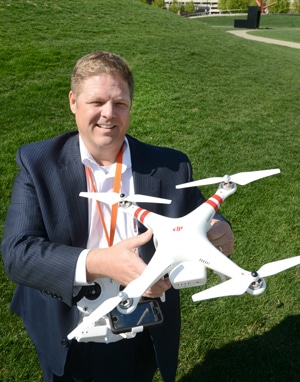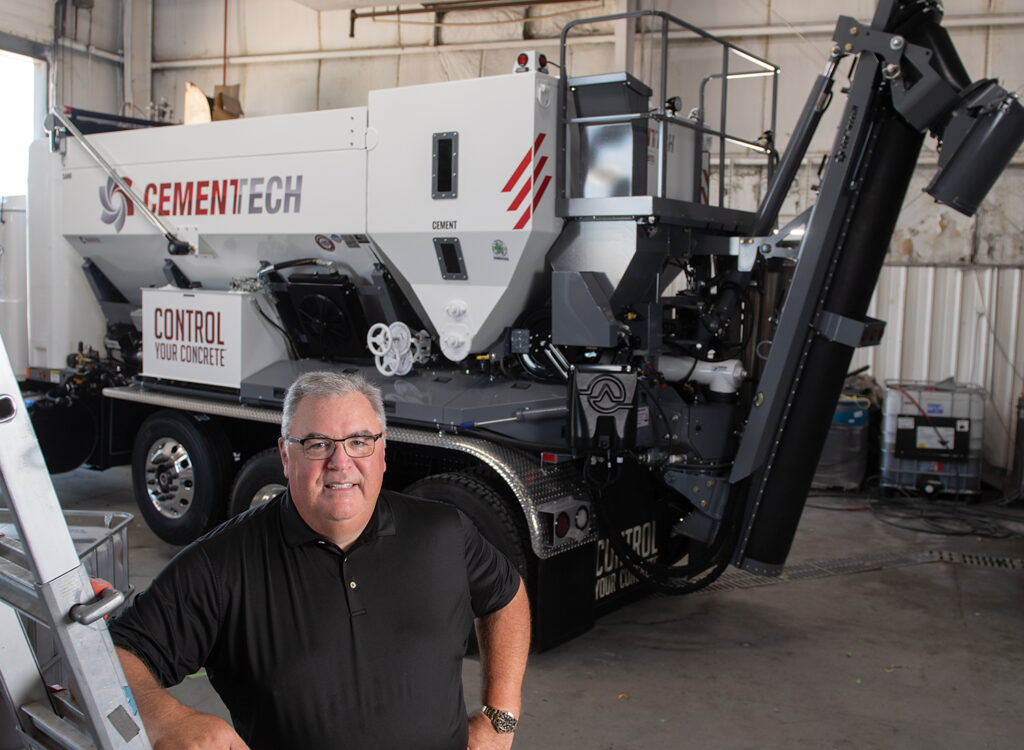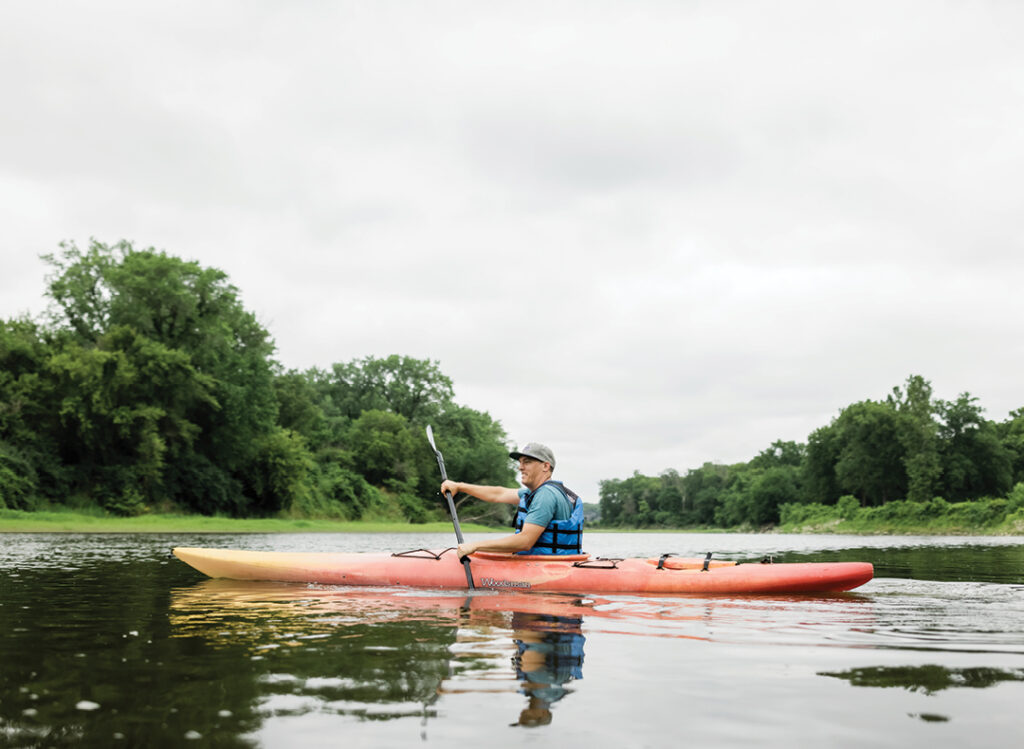The buzz about drones
AS FAA WORKS ON REGS, BUSINESSES LOOK FOR WAYS TO USE THE DEVICES

PERRY BEEMAN May 8, 2015 | 11:00 am
7 min read time
1,643 wordsBusiness Record Insider, Innovation and EntrepreneurshipSomeday, drones could fly around Greater Des Moines and the rest of Iowa in swarms, delivering pizzas and packages; checking crops, bridges and buildings; and assisting journalists and real estate agents with still photos and videos that would be hard to get any other way.
Today, they are getting used but mostly as a novelty and certainly not to the degree some would like. That’s because of limitations both in the drones themselves and in the evolving rules that govern them.
The FAA on April 24 finished a comment period on its proposed drone rules. We checked in with some real estate workers, farmers and researchers to gauge the promise of using drones for business.
Iowa Agriculture Secretary Bill Northey has talked to farmers who already are using drones to check out fences, flooding, weedy areas and, to some extent, soil conditions. He expects far more use in the future.
“I really think they could be significant,” Northey said. “Until they get here in more numbers, it’s hard to understand all they ways we could use them. I think agriculture will be one of the biggest users. We are dealing with space all the time.”
Drones can cost a few hundred dollars or $50,000, and it’s hard to tell how far the designs will go should the industry really take off.
Helpful, but not cure-all
Representatives of various industries find the drones worth trying but far from a panacea.
Kurt Mumm, president and CEO of commercial real estate company NAI Optimum, has used a drone to check construction projects and to give potential buyers a good view of properties. A regular flyover: the developing Kettlestone area in Waukee.
“It’s cool. It’s trendy,” Mumm said. “But a product like Google Earth and what it did for business was really a game-changer. This is just an enhancement of that.”
There’s a gee-whiz factor that has made the drone-flying natives restless with the FAA, which just finished a comment period on drone rules many consider too restrictive. (See a summary accompanying this article.)
The regulations are shortsighted, according to business observers in Greater Des Moines, university researchers and others. That’s because the rules would limit drones to 55 pounds — not big enough to carry much — and require the operator to keep the device in full view for the duration of the flight, which could not include a pass over people not directly involved in the operation.
It’s safe to say those rules will loosen in coming years, and drone fans hope manufacturers will find a way to boost the device’s battery life and — what’s the technical term? — oomph. As it stands, Iowa farmers already are using drones to check their own land and may eventually be able to avoid some dangerous trips into a grain bin, Northey said.
Drones already in use here
Iowa already has businesses that provide drone-shot photography. Iowa State University students continue to design and build drones but can’t fully test them. RDG Planning & Design has flown quadcopters over Walnut Creek in Urbandale, keeping track of coordinates so progress on improving water quality can be tracked. In the ramp-up to the FAA’s first broad rules on drones, Iowans gave the devices a try. Companies have done video flyovers looking at golf courses, checking conditions on farms, and inspecting wind turbines. Stefan Hansen, co-founder of Fresk Interactive, used a quadcopter to photograph the Yankee Doodle Pops concert at the Iowa Capitol. Kevin Price and his colleagues at AgPixel LLC use the devices to assist agriculture.
Mumm uses drones to show off real estate. He used one to tour downtown and makes regular flyover updates of Waukee’s Kettlestone area. He used one to check out the damage after the Younkers building fire downtown, too.
Chris Draper, Simpson College’s innovation guru, happens to be both a former FAA worker and director of the EMERGE@Simpson development initiative. He’s less than giddy about the current applications of drones but can see potential.
“Drones are funny,” he said. “There are two stages. There is what is going on now, and there is the future if things come together.”
In the short term, the FAA’s proposed rules would greatly limit drones’ helpfulness, Draper said. “For the vast majority of applications, 55 pounds is about nothing,” Draper said. “That isn’t a whole lot of range or flight time.”
On the other hand, if the FAA allows bigger, stronger drones with better battery life and the ability to sell services to third parties, a diverse range of businesses could benefit, Draper said. “If they smartly approach how they regulate these things, I could see regional airports — which are underused, to say the least — becoming economic hubs,” Draper said. “It could revolutionize how much labor is needed for farm operations.”
“There is no doubt that bigger drones are coming,” he said. “The question is how soon they will be available.”
The buzz on how drones can help
Nationally, Amazon and other companies are looking into delivering packages with drones. “That one still stretches my mind a bit,” Draper said, and others have wondered aloud whether the delivered packages would be routinely stolen. But the FAA approved Amazon’s work to test delivery possibilities.
Northey thinks of the power drones could have for firefighters and others investigating emergencies.
Naturally, journalists are interested, too.
Matt Waite, a journalism professor at the University of Nebraska-Lincoln, home of the Drone Journalism Lab, has been using drones for three years. His students have flown them in India, Turkey, Kenya and Tanzania to produce—safely, Waite notes—news videos, photos and research data. “Before I joined the faculty, I was a reporter in Florida and Arkansas and have utilized aerial imagery and remotely sensed data for investigative journalism throughout my career,” Waite wrote in a comment submitted to FAA regarding the proposed rules.
Waite’s message to the FAA: Drones could be a big help to reporters, with the right rules in place. “I believe (drone) use holds great potential for journalists …,” Waite wrote. “Journalists could use the devices to report on news events ranging from disasters to the environment to land development and many others.
“Journalists have been using aerial platforms for journalistic purposes since man first took to the skies in balloons” and have ethics codes that would help prevent conflicts, Waite wrote.
Future deployments
Sekar Raju, associate professor of marketing at Iowa State University, said early deployments of drones have been modest but promising. Still, the future could bring far more ventures.
“Broadly speaking, two applications seem to be most interesting at this time,” he said. “One is remote sensing applications for traffic management, imaging, policing, first responder orientation, crop management, etc. The other area has to do with delivery of pizza or packages.”
Because the FAA is being relatively strict with the rules, much of the experimentation is happening in Australia and other places outside the United States, he added.
“The advantages are accessibility, speed and cost,” Raju said. “From a consumer’s standpoint, novelty is going to drive initial adoption but after that it will depend on convenience and cost,” Raju said.
Peng Wei, assistant professor of aerospace engineering at ISU, said drones have broad potential. “Currently certified drones can be used for surveillance, entertainment filming, real estate filming, farming, etc.,” he said. “NASA is working closely with the FAA on more detailed regulations and support infrastructures on broader drone applications. More applications will be allowed, including cargo delivery, or even carrying passengers.”
Wei said drones can help make many operations more efficient. Drones “can be used to make people’s lives easier,” Wei said. “It gives us more options in precision agriculture applications. It allows more powerful monitoring, surveillance for law enforcement departments. It provides faster cargo delivery. It can provide better filming experience for entertainment and other industries. Facebook uses drones to increase the communication and Internet capacity of a region.”
Many see the FAA regulations, the expense of larger drones and the wait for more powerful technologies as the main limits.
Wei said a big question is how crowded the sky will become. “On the technical side, conflict detection and avoidance needs to be developed, longer flight duration is needed, more payload is expected,” Wei said. “Traffic management will be important.”
“On the policy side, the FAA’s regulations need to be more detailed. The relevant FAA facilities to monitor and provide traffic management information/service should be developed and tested.”
Raju sees technology as the main barrier at the moment. That includes the power to control the drone, safety in flying near people or other flying objects, battery life, noise, carrying capacity and the requirement that the drone be within the operator’s view at all times.
Package delivery presents another potential problem: how to prevent theft of the cargo.
Those limits are why Draper, the Simpson innovation guru, measures his enthusiasm for drones.
“It isn’t teleportation,” Draper said. “There are a lot of things it is not. It is another transportation mode. It is safe enough to consider that they could make a lot of industries more efficient.”
Potential uses for drones
• Aerial photography
• Bridge, crop, fence, wind turbine inspections
• Package deliveries
• Pizza deliveries
• Disaster response
• News reporting
• Flood monitoring
• Law enforcement surveillance
• Boosting internet service in rural areas
• Data collection
Highlights of proposed FAA rules
• Unmanned aircraft must weigh less than 55 pounds.
• The person operating the drone must be able to see it at all times.
• The drone can’t fly over people not involved in the operation.
• Daytime operations only.
• Must yield right of way to other aircraft.
• Maximum airspeed of 100 mph.
• Maximum altitude of 500 feet above ground level.
• Minimum weather visibility of three miles from control station.
• No careless or reckless operations.
Read more: www.faa.gov/uas/










